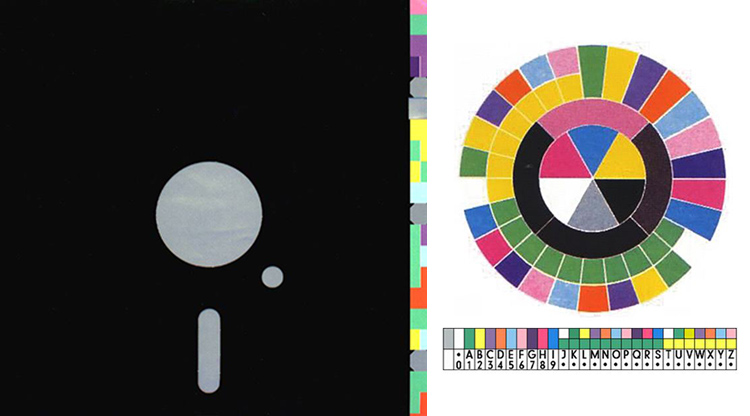This blog looks into Pictograms, Semiotics, Signs, Signifiers, Visual Language and Colour Language (notes taken in class on 06.03.2023)
Pictograms
- Tokyo 1964 Olympics - they came up with creating pictograms as people won't speak Japanese
- Lances Iconography
- Iconography that showed other things, other than sports events
- Pictograms based from Norwegian cave drawings, in their olympics
- London olympics, broke down their typeface and overlayed athletes to create pictograms of the sport
- Symbols and Icons
- Illustration and Wording
What is it?
- Semiotics - 'The theory of signs' - Comes from the greek word 'Semiotikos' meaning the interpreter of signs
- Signs in a wide range of scenarios (gestures, marketing, music, clothes etc.)
- Apple means Apple or Health etc.
Semiotics - Big Hitters
- Immanuel Kant (1724-1804) German
- Ferdinand de Saussure (1857 - 1913) Swiss
- Roland Barthes (1915 - 1980) French Theorist
What's it all about?
- Signs can mean something other than the immediate thing looked at
- All signs are linked to their background and context - things could be interpreted differently if the background/context changed
Signifier and Signified (History)
- Adam and Eve - Eve eats the apple in the bible
- The Apple is the signifier used to suggest temptation from the devil
- You can have the same signifier but with different meanings: Apple (Temptation, Healthy, Fruit, Technology)
Quick Task - Look at google and see if you can find examples of things with the same signifier but with different signified (meaning)...
This could be medical, or adding or hospital...
Visual Language
- Dots - Braille, visually communicating through dots.
- Road Signs (shapes and imagery) - Iconic signs resemble the things they represent
- Audience and Understanding - is the design for a familiar or non familiar audience, age differences cause different perceptions
- Our methods of learning - pre learned systems (road signs, traffic lights etc.) We have learned the key and are able to refer to it each time
- Images - good for displaying concrete ideas (real things that have a material form), images aren't so good for describing abstract ideas (those things that don't have a material form)
- Words - good for communicating things that have already been learned.
- Illustrations - can aid motivation - Nigel Holmes uses infographics to help quickly convey ideas, graphical communication techniques are better than graphs
- Positioning and labelling of illustrations - can be crucial, even critical. Clear, numbered and associated text is needed.
- Peter Saville's Colour Language...
- 26 segments in its outer rim
- The wheel is decodes using only the two outer rings, which are either a single colour or doubled up colour (with either green or yellow)
- The alphabet starts with the green at the top and works round clockwise to help decode the message on the album cover



Comments
Post a Comment